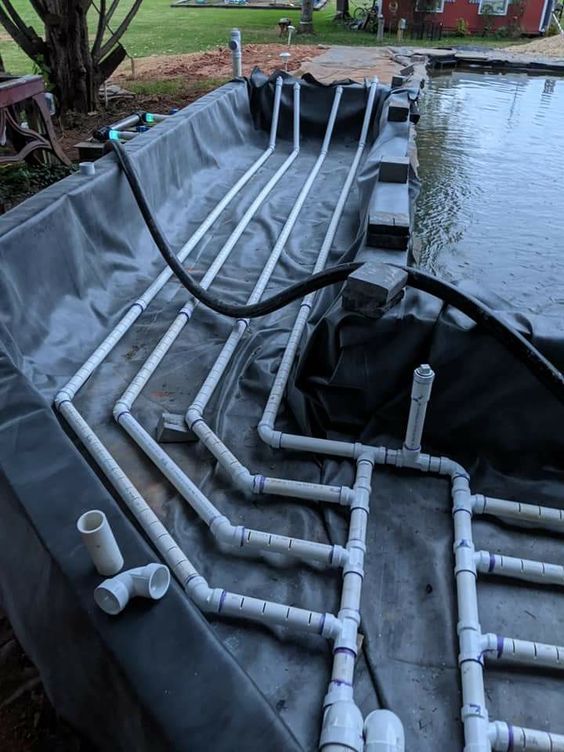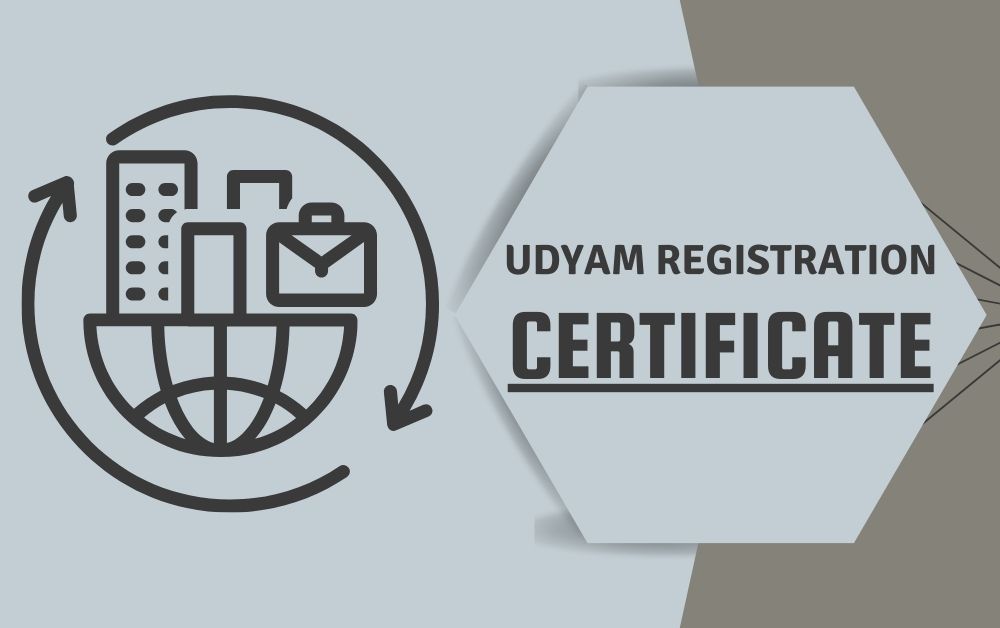In the realm of civil engineering, environmental protection, and infrastructure development, Geomembrane Sheets emerge as a revolutionary solution for containing liquids, controlling pollution, and preserving natural resources. These synthetic membranes, crafted from high-quality polymers, offer a wide range of applications and benefits across various industries.
Understanding Geomembrane Sheets
Geomembrane sheets, also known as geomembranes or geosynthetic liners, are impermeable membranes manufactured from materials such as high-density polyethylene (HDPE), low-density polyethylene (LDPE), polyvinyl chloride (PVC), and ethylene propylene diene monomer (EPDM). These flexible sheets are engineered to provide exceptional resistance to chemicals, UV radiation, and mechanical stress, making them ideal for containment, lining, and protection purposes.
Applications Across Industries
Geomembrane sheets find extensive use in diverse industries and applications:
Environmental Protection
In environmental engineering, geomembrane sheets serve as barriers to prevent the contamination of soil and groundwater by hazardous substances, such as landfill leachate, industrial wastewater, and agricultural chemicals. They are employed in landfill liners, pond liners, and hazardous waste containment facilities, providing reliable containment and preventing environmental pollution.
Water Resource Management
Geomembrane sheets play a crucial role in water resource management by facilitating efficient storage, transport, and conservation of water. They are utilized in reservoirs, canals, irrigation ponds, and aquaculture facilities, ensuring water retention and preventing seepage, thereby optimizing water usage and promoting sustainable agriculture and aquaculture practices.
Civil Engineering
In civil engineering projects, geomembrane sheets are used for slope protection, erosion control, and soil stabilization. They serve as erosion control blankets, canal liners, and embankment reinforcements, providing stability and preventing soil erosion caused by water runoff, wind, and other environmental factors.
Mining and Industrial Applications
In the mining and industrial sectors, geomembrane sheets are employed for containment and remediation purposes. They are utilized in tailings ponds, heap leach pads, and industrial wastewater treatment facilities, offering durable and cost-effective solutions for managing mining waste and industrial byproducts.
Benefits of Geomembrane Sheets
Geomembrane sheets offer a multitude of benefits:
- Impermeability: Geomembrane sheets provide a reliable barrier against liquids, gases, and contaminants, preventing leakage and environmental pollution.
- Durability: Designed to withstand harsh environmental conditions, geomembrane sheets exhibit excellent resistance to chemical degradation, UV radiation, and mechanical stress, ensuring long-term performance and reliability.
- Flexibility: Geomembrane sheets are flexible and conformable, allowing for easy installation over irregular surfaces and complex geometries.
- Cost-Effectiveness: Compared to traditional lining materials such as concrete and clay, geomembrane sheets offer cost-effective solutions for containment and lining applications, reducing construction time and expenses.
- Environmental Sustainability: By preventing soil and water contamination, geomembrane sheets contribute to environmental preservation and resource conservation, promoting sustainable development practices.
Understanding Geomembrane Sheets
Geomembrane sheets, also known as geomembranes or geosynthetic liners, are impermeable membranes manufactured from materials such as high-density polyethylene (HDPE), low-density polyethylene (LDPE), polyvinyl chloride (PVC), and ethylene propylene diene monomer (EPDM). These flexible sheets are engineered to provide exceptional resistance to chemicals, UV radiation, and mechanical stress, making them ideal for containment, lining, and protection purposes.
Applications Across Industries
Geomembrane sheets find extensive use in diverse industries and applications:
Environmental Protection
In environmental engineering, geomembrane sheets serve as barriers to prevent the contamination of soil and groundwater by hazardous substances, such as landfill leachate, industrial wastewater, and agricultural chemicals. They are employed in landfill liners, pond liners, and hazardous waste containment facilities, providing reliable containment and preventing environmental pollution.
Water Resource Management
Geomembrane sheets play a crucial role in water resource management by facilitating efficient storage, transport, and conservation of water. They are utilized in reservoirs, canals, irrigation ponds, and aquaculture facilities, ensuring water retention and preventing seepage, thereby optimizing water usage and promoting sustainable agriculture and aquaculture practices.
Civil Engineering
In civil engineering projects, geomembrane sheets are used for slope protection, erosion control, and soil stabilization. They serve as erosion control blankets, canal liners, and embankment reinforcements, providing stability and preventing soil erosion caused by water runoff, wind, and other environmental factors.
Mining and Industrial Applications
In the mining and industrial sectors, geomembrane sheets are employed for containment and remediation purposes. They are utilized in tailings ponds, heap leach pads, and industrial wastewater treatment facilities, offering durable and cost-effective solutions for managing mining waste and industrial byproducts.
Benefits of Geomembrane Sheets
Geomembrane sheets offer a multitude of benefits:
- Impermeability: Geomembrane sheets provide a reliable barrier against liquids, gases, and contaminants, preventing leakage and environmental pollution.
- Durability: Designed to withstand harsh environmental conditions, geomembrane sheets exhibit excellent resistance to chemical degradation, UV radiation, and mechanical stress, ensuring long-term performance and reliability.
- Flexibility: Geomembrane sheets are flexible and conformable, allowing for easy installation over irregular surfaces and complex geometries.
- Cost-Effectiveness: Compared to traditional lining materials such as concrete and clay, geomembrane sheets offer cost-effective solutions for containment and lining applications, reducing construction time and expenses.
- Environmental Sustainability: By preventing soil and water contamination, geomembrane sheets contribute to environmental preservation and resource conservation, promoting sustainable development practices.
Conclusion
Geomembrane sheets represent a versatile and effective solution for a wide range of containment, lining, and protection applications. With their impermeability, durability, flexibility, and cost-effectiveness, these synthetic membranes have become indispensable in environmental engineering, water resource management, civil engineering, and industrial sectors. As the demand for sustainable and efficient solutions continues to grow, geomembrane sheets are poised to play an increasingly vital role in shaping the future of infrastructure development and environmental protection worldwide.



